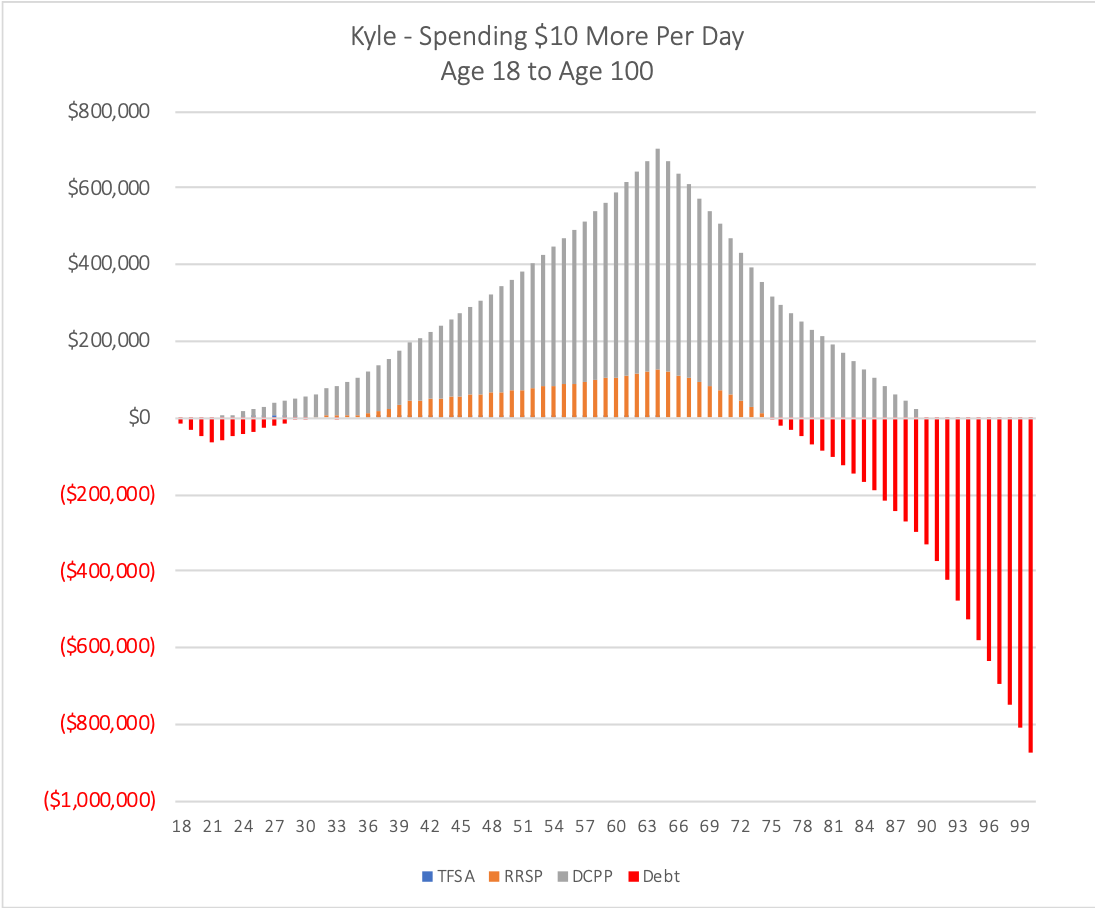
The Ultimate Showdown: Game Ideas That Pit Saving Against Spending
In the world of game development, the core mechanic of a game is its lifeblood. It’s the engine that drives player engagement, the hook that keeps them coming back for more. Among the vast array of possible mechanics, the tension between saving and spending offers a fertile ground for creating compelling and addictive gameplay. Games that revolve around this fundamental conflict tap into our inherent understanding of resource management, risk assessment, and delayed gratification, making them universally appealing. This article explores the diverse landscape of game ideas that leverage the save-vs-spend dilemma, delving into different genres and exploring the potential for innovation.
Why Saving vs. Spending Works So Well
The inherent appeal of save-vs-spend mechanics stems from several factors:
-
Relatability: Everyone, regardless of age or background, understands the concept of budgeting. We all face choices about how to allocate limited resources, whether it’s money, time, or energy. Games that mirror these real-world decisions create a sense of familiarity and investment.
-
Strategic Depth: The simple question of "save or spend?" can lead to surprisingly complex strategic considerations. Players must weigh the immediate gratification of spending against the potential long-term benefits of saving. This requires careful planning, risk assessment, and adaptability.
-
Emotional Engagement: The act of saving can evoke feelings of accomplishment, anticipation, and security. Conversely, spending can trigger excitement, joy, or even regret. Games that effectively manipulate these emotions create a more immersive and engaging experience.
-
Progression and Reward: Saving allows players to unlock new content, upgrades, or abilities, creating a sense of progression and rewarding their patience and discipline. This provides a strong incentive to continue playing and striving for long-term goals.
-
Decision Making: Save or Spend requires the player to make decisions, which is an important element for an engaging game.
Genre-Specific Applications: A Diverse Playground
The beauty of the save-vs-spend mechanic lies in its versatility. It can be seamlessly integrated into a wide range of game genres, each offering unique opportunities for creative implementation.
-
Simulation and Tycoon Games: These genres are perhaps the most obvious fit for save-vs-spend mechanics. Players typically manage a virtual business or organization, making decisions about resource allocation, investment, and expansion.
- Example: A hospital management game where players must balance the need to hire more doctors and purchase advanced equipment with the desire to build a larger emergency room or invest in research. Saving money could allow for future expansion, while spending could improve patient care and increase revenue.
-
Real-Time Strategy (RTS) Games: In RTS games, players must gather resources, build bases, and train units in real-time while simultaneously battling opponents. The save-vs-spend dilemma is constantly present, as players must decide whether to invest in short-term offensive capabilities or long-term economic development.
- Example: A sci-fi RTS where players can choose to spend resources on building a large army of basic units or invest in researching advanced technologies that unlock powerful but expensive units. Saving resources for the late game could provide a decisive advantage, but it also leaves the player vulnerable to early attacks.
-
Role-Playing Games (RPGs): RPGs often feature complex economies and crafting systems that lend themselves well to save-vs-spend mechanics. Players must decide whether to spend their hard-earned gold on powerful equipment, rare crafting materials, or essential consumables.
- Example: A fantasy RPG where players can choose to spend their gold on buying the best available armor from a vendor or save it to commission a master craftsman to create a unique and powerful item. Saving could result in a more powerful item in the long run, but it also leaves the player vulnerable in the short term.
-
Idle and Incremental Games: These games are all about automation and gradual progression. The core loop often involves accumulating resources and spending them on upgrades that increase production efficiency. The save-vs-spend mechanic is central to the gameplay, as players must constantly optimize their spending to maximize their long-term growth.
- Example: A clicker game where players earn money by clicking on a button. They can then spend that money on upgrades that automate the clicking process, allowing them to earn more money even when they’re not actively playing. The challenge lies in determining which upgrades to prioritize and when to save up for more expensive but more efficient upgrades.
-
Puzzle Games: Even puzzle games can incorporate save-vs-spend mechanics in creative ways. For example, players might have a limited number of moves to complete a puzzle, but they can earn bonus moves by solving smaller, optional puzzles.
- Example: A match-3 game where players can spend their earned coins on power-ups that help them clear difficult levels. However, they might choose to save their coins for a special event that offers exclusive rewards.
-
Card Games: Card games that feature resource management (mana, energy, etc.) often involve the save-vs-spend decision. Players must decide whether to play a cheap card early in the game or save their resources for a more powerful card later on.
- Example: A collectible card game where players can spend their mana to play creatures and spells. They must balance the need to establish an early board presence with the desire to save mana for powerful late-game cards.
Innovative Approaches and Twists
While the basic save-vs-spend mechanic is well-established, there’s plenty of room for innovation and experimentation. Here are some ideas for adding unique twists to the formula:
-
Risk vs. Reward Systems: Introduce elements of chance or risk that can significantly impact the outcome of saving or spending. For example, players might invest in a risky venture that could yield a high return or suffer a catastrophic loss.
-
Dynamic Pricing: Implement a dynamic pricing system that adjusts the cost of goods and services based on supply and demand. This can create interesting strategic choices, as players must decide whether to buy something now at a high price or wait for the price to drop.
-
Moral Dilemmas: Introduce moral choices that force players to weigh the financial benefits of saving or spending against the ethical implications. For example, a player might choose to cut corners on safety to save money, but this could put their workers at risk.
-
Time-Limited Events: Incorporate time-limited events that offer exclusive rewards for spending resources within a certain timeframe. This can create a sense of urgency and encourage players to make impulsive decisions.
-
Cooperative Saving/Spending: In multiplayer games, allow players to pool their resources together to achieve common goals. This can foster cooperation and teamwork, as players must coordinate their saving and spending strategies.
-
Debt and Interest: Introduce the concept of debt, allowing players to borrow money to finance their ventures. However, they must also pay interest on their loans, which can create a significant financial burden.
-
Hidden Costs: Add hidden costs associated with both saving and spending. For example, saving money might result in lost opportunities, while spending money might incur unexpected fees or taxes.
Conclusion
The save-vs-spend mechanic is a fundamental element of many successful games. Its inherent relatability, strategic depth, and emotional engagement make it a powerful tool for creating compelling and addictive gameplay. By exploring the diverse range of genres and experimenting with innovative twists, developers can create unique and engaging experiences that challenge players to master the art of resource management. The possibilities are endless, and the ultimate showdown between saving and spending promises to continue captivating gamers for years to come. Ultimately, understanding the psychology behind the save-vs-spend dynamic allows developers to create games that are not only fun but also thought-provoking and rewarding.



